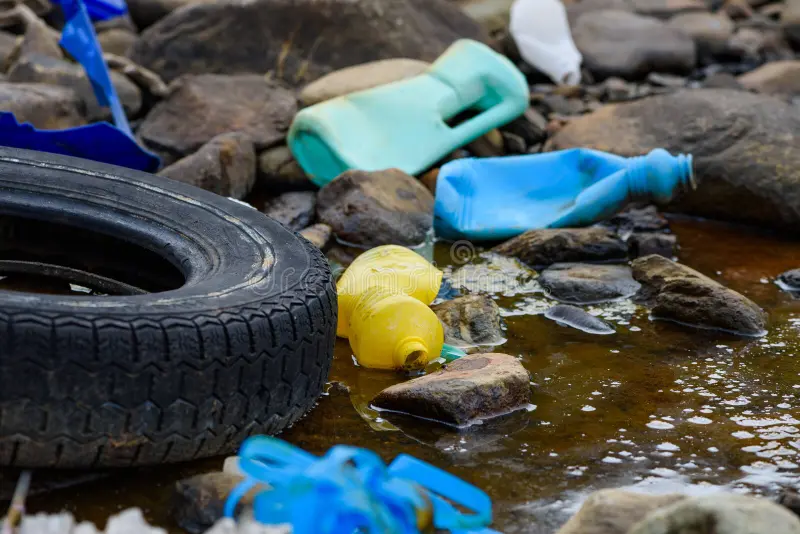The United Kingdom, like many other countries, is grappling with the challenges of waste management and environmental sustainability. With the growing concerns about climate change, pollution, and the depletion of natural resources, there is a pressing need for innovative solutions that can address these issues. Pyrolysis, a process that converts discarded tyres and plastics into valuable resources, has emerged as a promising technology to tackle waste and create value simultaneously. In this comprehensive 3500-word post, we will explore the state of pyrolysis plant UK, its environmental benefits, economic potential, regulatory landscape, and the challenges it faces.
Section 1: Understanding Pyrolysis
1.1 What is Pyrolysis?
Explanation of the pyrolysis process.
How it differs from traditional waste disposal methods.
1.2 Types of Pyrolysis
Different pyrolysis methods used for tyres and plastics.
Pros and cons of each method.
1.3 Environmental Benefits
Reduction in greenhouse gas emissions.
Minimization of landfill waste.
Energy recovery and reduced reliance on fossil fuels.

Section 2: The Current Landscape of Tyre and Plastic Waste in the UK
2.1 The Challenge of Waste Management
The scale of the problem: How much tyre and plastic waste is generated in the UK annually.
Current disposal methods and their shortcomings.
2.2 Environmental Consequences
Impact of improper waste disposal on the environment.
The need for sustainable waste management solutions.
Section 3: Pyrolysis Initiatives in the UK
3.1 Prominent Pyrolysis Projects
Overview of key pyrolysis projects in the UK.
Their scale, capacity, and objectives. The oil sludge also can be processed by this machine. So, this machine can be called thermal desorption system.
3.2 Government and Industry Support
The role of government initiatives and funding.
Industry partnerships and collaborations.
Section 4: Economic Potential and Job Creation
4.1 Economic Viability
Revenue generation through pyrolysis products.
Potential for the growth of the pyrolysis industry in the UK.
4.2 Job Creation
How the pyrolysis industry contributes to employment.
Supporting local communities and economies.

Section 5: Regulatory Landscape
5.1 Existing Regulations
Analysis of current environmental and waste management regulations.
How these regulations impact pyrolysis projects.
5.2 Challenges and Opportunities
Areas where regulatory improvements are needed.
Opportunities for alignment with international waste management standards.
Section 6: Challenges and Future Prospects
6.1 Technological Challenges
The need for more efficient pyrolysis technologies.
Research and development in the field.
6.2 Market Challenges
Competition and market dynamics in the recycling industry.
Market growth and diversification.
6.3 Public Awareness and Acceptance
The importance of educating the public about the benefits of pyrolysis.
Overcoming misconceptions and concerns.
6.4 Future Prospects
The potential for pyrolysis to become a cornerstone of the UK’s waste management strategy.
International collaboration and knowledge sharing.
Conclusion
In conclusion, pyrolysis of tyres and plastics in the UK represents a sustainable and innovative approach to reducing waste and creating value. It has the potential to transform the country’s waste management landscape, reduce environmental impacts, create economic opportunities, and contribute to a more sustainable future. While there are challenges and regulatory hurdles to overcome, the prospects for pyrolysis in the UK are promising, and it is a technology that deserves continued support and development. Contact the reliable waste tyre pyrolysis plant manufacturer to get this pyrolysis solution.
As the UK seeks to reduce its carbon footprint, tackle waste-related issues, and promote circular economy principles, pyrolysis stands as a beacon of hope in the journey towards a greener and more prosperous future. It is a testament to human ingenuity and our capacity to turn waste into a valuable resource.